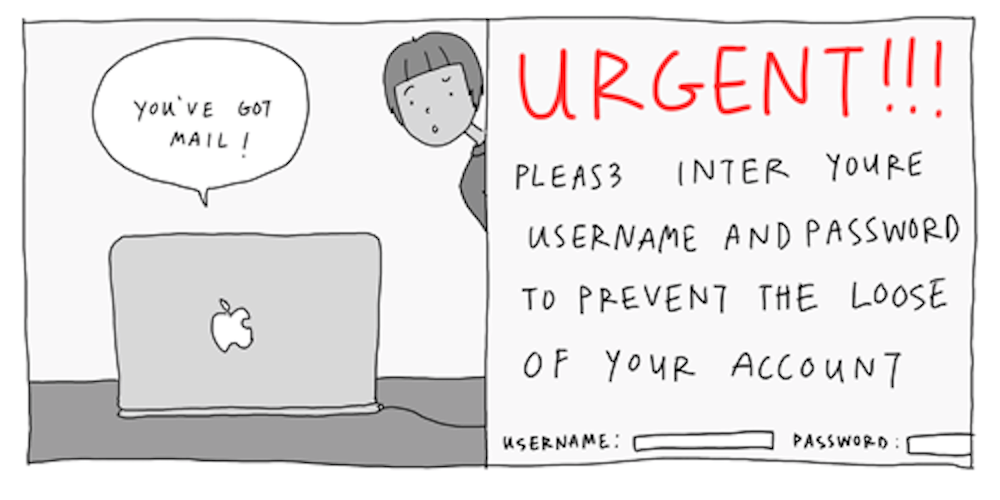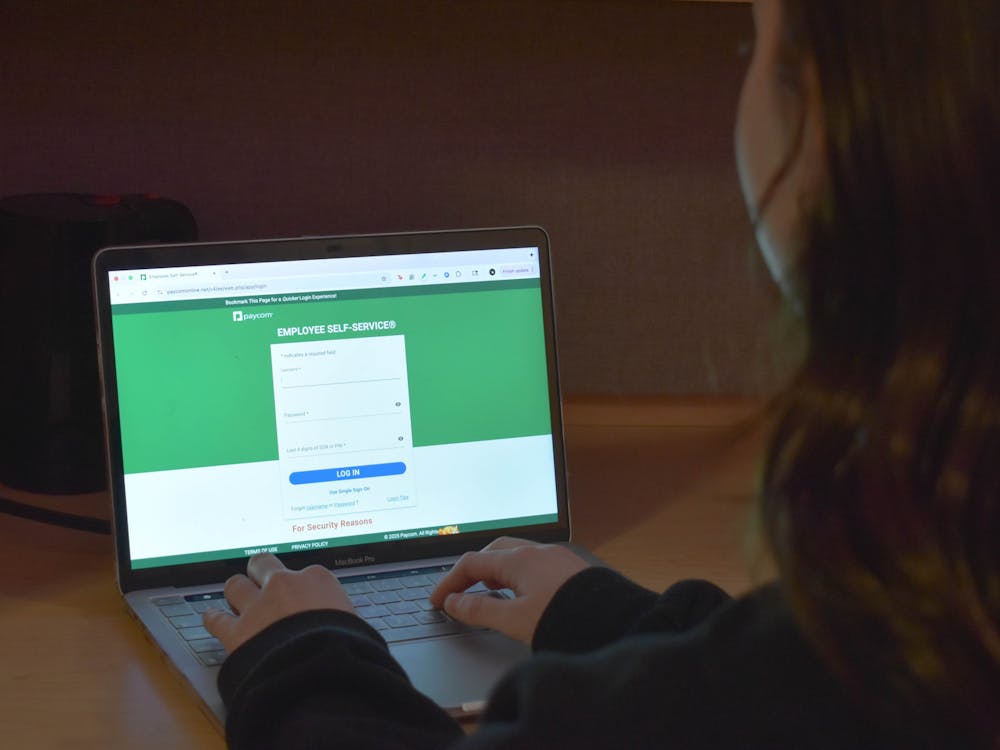All UP email accounts were blacklisted from websites for hours after accounts were hit by spam
(Ann Truong | THE BEACON)
By Philip Ellefson, Staff Writer ellefson15@up.edu
Last week, all UP email accounts were targeted in a phishing attack asking email users to give away personal information. After at least six students, faculty and staff entered their account information, UP email addresses were blacklisted from several major websites.
The emails, which claimed to be from system administrators, asked account users to enter their account information, including passwords. After these were entered, the accounts were used to automatically send large volumes of similar messages out.
"We've seen some accounts sending 12, 13, 14,000 messages," said systems administrator Joey Houck.
Due to these mass emails, all UP email accounts were blocked by MSN, Hotmail.com and Live.com for about 12 hours, causing emails not to go through to email addresses on these websites.
Houck said although the phishing attack did not include any viruses, it caused trouble.
"For us, it's a huge headache, 'cause we have to go get ourselves off of blacklists and pay attention to outbound email flow to make sure it's not still happening," Houck said.
Because UP accounts are no longer blacklisted on any sites and the phishing attack has blown over, students are no longer at risk. Students can stop future phishing attacks by being wary of who is asking for account information.
"Unless you know who the sender is, you should always treat it as suspect. University employees, faculty, staff should never ask you for your password," Houck said. "There's no service, there's no bank, anything I can think of that would ask you for your password."
Warning signs of phishing
Spelling and bad grammar: Because they are not associated with legitimate organizations, cybercriminals do not have copy editors to correct their bad spelling. Always treat a poorly spelled email as suspect.
Beware of links in email: Phishing emails may contain misleading links. Hover your cursor over the link to see if the URL matches what is in the email.
Threats: Never respond to an email containing threats.
Spoofing popular websites or companies: Phishing attacks may appear to come from legitimate organizations, but if someone asks you for account information in an email, they are probably not with a real company.
Source: Microsoft Safety and Security Center








